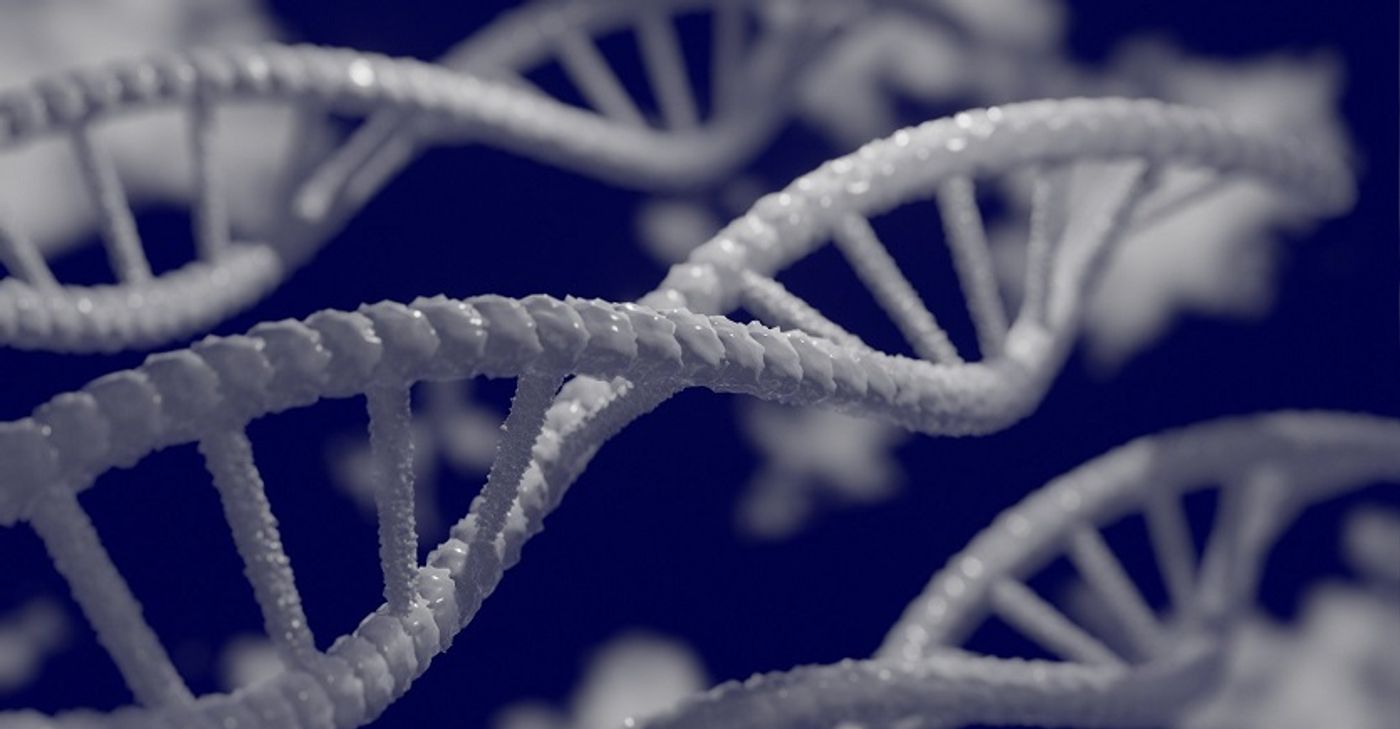Using RNA to Predict Acute Ischemic Strokes
Strokes are a leading cause of death and long term-disability across the globe. Ischemic strokes (IS) or acute ischemic strokes (AIS), compose the bulk of these cases. The diagnosis and treatment of AIS have improved over the years, although it is still plagued with high mortality and disability rates. Thrombolysis, or the treatment of a blood clot using drugs, is the universally accepted first-line treatment. However, recombinant tissue plasminogen activator (rt-PA) is currently the only FDA approved drug for thrombolysis.
A popular new area of drug research is the study of RNA. In the last two decades, new forms of RNA have been discovered that have essential roles in regulating many processes in the body. Circular RNA (circRNA) is one such group.
CircRNA is, rather straight-forwardly, characterized by its circular structure. They are thought to act as regulating “sponges” for other RNA groups like microRNAs. MicroRNAs, which usually regulate the genome, would instead bind to these circRNAs. Many circRNAs, such as circNT5E and circMTO, are already linked to the suppression of tumors. CircTLK1 has even been linked to IS in one study. A group from Guangxi Medical University in China hypothesized that a study of differentially expressed (DE) circRNAs could identify key biomarkers that could predict the likelihood of IS in a patient.
They began by collecting samples from sixty-four local patients, half healthy patients, and half AIS patients. Two thousand two hundred and seventy DE circRNAs were identified in an initial screen, and the group chose the top thirty amongst them for this study. They made a note that the DE profile surprisingly resembled what could be seen in pathological brain damage profiles.
Narrowing the study pool even further to the top ten DE circRNAs, they used a prediction tool to find miRNAs that they would bind to. Three of these ten were predicted to bind miRNAs associated with the cell death pathway apoptosis. They inferred that these miRNAs might also have some role in blood clot formation. More importantly, all three were clearly dysregulated in AIS patients versus healthy patient’s blood samples, making them possible diagnostic biomarkers.
While this was primarily a screening project, the group managed to link the dysregulation of at least three circRNAs to AIS. AIS, by definition, is sudden, and an effective treatment relies on the speed at which the patient can be treated. Therefore, diagnostic tools predicting AIS in a patient would be a critical tool to prevent a fatal AIS. Using circRNAs, doctors could predict the likelihood of AIS in a patient just by doing a blood test.
The team concludes, “The finding of this study may help future researchers to identify new circulating diagnostic biomarkers, understand the pathologic process of AIS and identify therapeutic targets for AIS.”
Sources: Nature Scientific Reports, Barrow Neurological Institute









